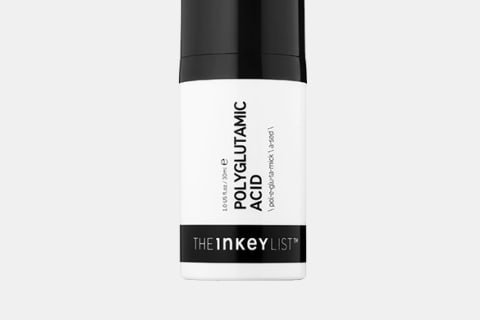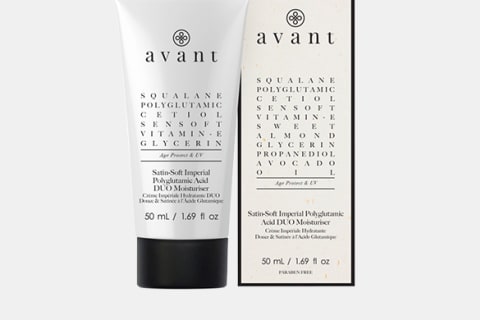If that sounds like you, you may consider polyglutamic acid (PGA). Before you are alarmed by the acid part, just know that this is an acid like hyaluronic, not the peel-your-face-off variety. And it’s a relatively new ingredient—read: not brand-new to the market but fresh enough that it’s still considered under-the-radar—that is considered to be one of the most effective humectants around. For this reason, they are utilized in skin care—but there are many types of amino acids that are extracted from several different sources (for skin care, the two most common sources are soy and quinoa). When used topically, they can have a variety of functions: Some act as an antioxidant and neutralize free radicals, some encourage your body to make its own antioxidants, and others help transport water, effectively acting as a hydrator. This ingredient falls into the last category as a humectant; humectants are classes of hydrators that work by drawing in and holding on to water molecules. “Polyglutamic acid is a powerful humectant that can hold four times more water than hyaluronic acid,” says King. Hyaluronic acid, for reference, holds up to 1,000 times its weight in water. As for how, you’ll want to note the type of product it’s formulated in, as that will affect the layering process. But the general thought process is be sure to layer the product on freshly washed yet damp skin (if you’re using it as serum or moisturizer, you can also spritz on a toner prior to application if you want another cushion of hydration.) You want your skin to be damp so the ingredient has water at the ready to pull in. If your product does not have additional occlusive ingredients, you’ll want to follow up with a cream or oil to help seal it off.






